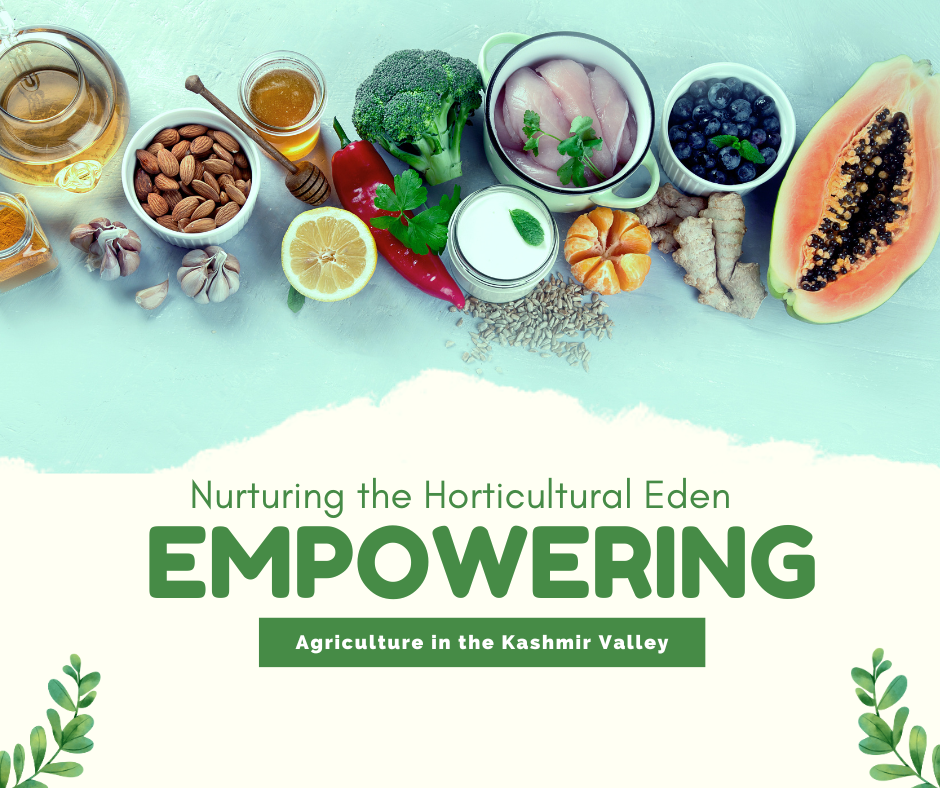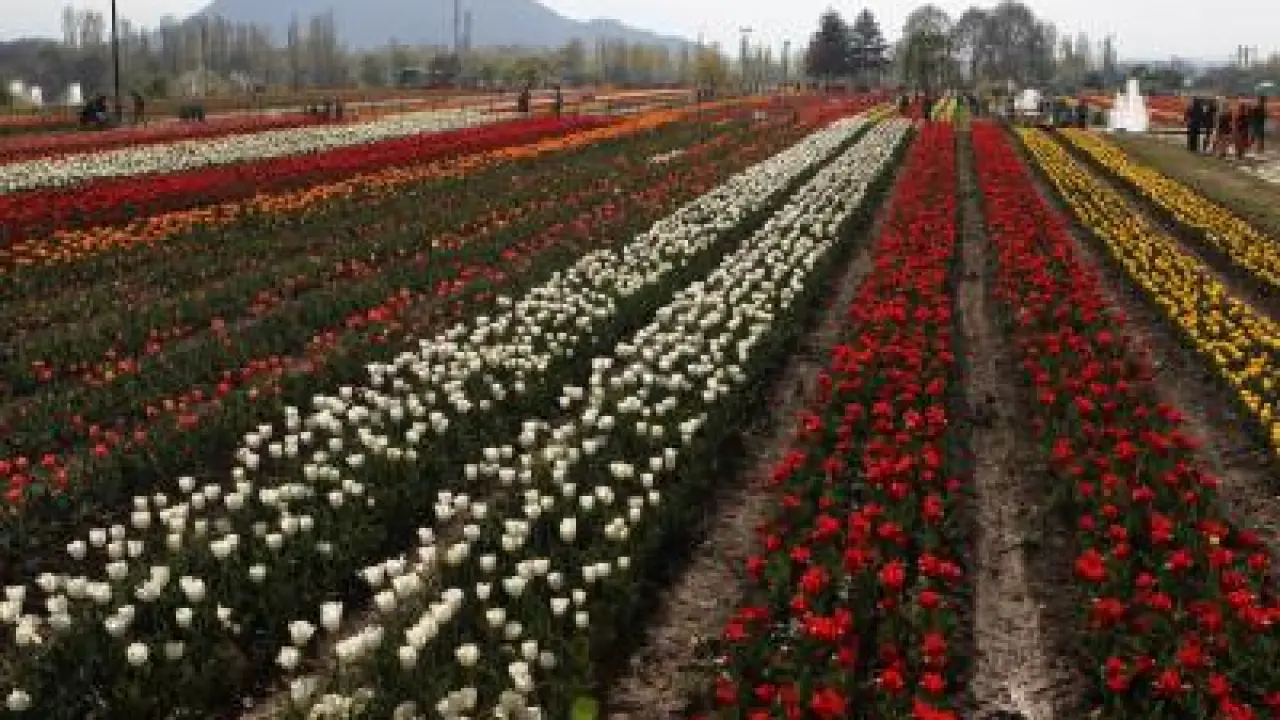The region of Jammu and Kashmir, particularly the picturesque Kashmir Valley, has long been celebrated as the “land of fruits” and the “fruit bowl” of Northern India. Its breathtaking beauty is matched only by the abundance of exotic fruits and flowers that flourish in its fertile lands. At the heart of its economic prosperity lies the horticulture sector, which serves as the backbone of the Union Territory’s economy.
With approximately 33 lakh people deriving their livelihood from horticulture and nearly seven lakh families directly or indirectly dependent on it, the sector plays a pivotal role in shaping the socio-economic landscape of Jammu and Kashmir. Contributing significantly to the UT’s Gross Domestic Product (GDP), horticulture boasts a share of about 9.5%, highlighting its immense importance to the region’s economic well-being.
Over the years, the horticulture sector in Jammu and Kashmir has witnessed remarkable growth, with production soaring from 10,000 Metric Tonnes in 1950 to a staggering 25 lakh Metric Tonnes in 2020, accompanied by a turnover of approximately Rs. 8000 crore. This exponential growth is a testament to the dedication and resilience of the farmers and stakeholders involved in nurturing the sector.
Jammu and Kashmir’s status as an Agri Export Zone for apples and walnuts underscores its prominence in the national agricultural landscape. The region accounts for seventy percent of the total apple production and ninety percent of dry fruit production in the country, a testament to its unparalleled potential in fruit cultivation.
Spanning across 332,704 hectares of land, with 214,162 hectares in Kashmir and 118,542 hectares in Jammu, the horticultural landscape of the UT is as diverse as it is expansive. From the iconic apple orchards of Kashmir to the subtropical fruit plantations of Jammu, the region boasts a rich tapestry of fruit crops including apples, pears, cherries, walnuts, almonds, and more.
Furthermore, the horticulture sector extends beyond traditional fruit cultivation to encompass floriculture, mushroom cultivation, plantation crops, and vegetable cultivation, ensuring a multifaceted approach to agricultural development. Notably, the cultivation of spices like saffron and black zeera adds to the richness and diversity of agricultural produce in the region.
The impact of the thriving horticulture sector extends beyond economic prosperity, playing a vital role in social upliftment and empowerment. By providing employment opportunities to thousands of individuals across various trades, including fertilizer, pesticide, and agriculture machinery sectors, horticulture has emerged as a catalyst for rural development.
To further bolster the growth trajectory of the horticulture sector, concerted efforts are underway to modernize agricultural practices and infrastructure. The introduction of high-density plantation technology, coupled with initiatives aimed at enhancing productivity and quality, holds immense promise for the future of horticulture in Jammu and Kashmir.
However, the journey towards sustainable growth and prosperity is not without its challenges. From addressing issues of market access and quality assurance to mitigating the impact of climate change, stakeholders must collaborate effectively to overcome hurdles and seize opportunities for growth.
In conclusion, the horticulture sector stands as a beacon of hope and progress for the people of Jammu and Kashmir. By nurturing this vital sector and embracing innovative solutions, the region can unlock its full potential and usher in a new era of prosperity and abundance.





Hi, this is a comment.
To get started with moderating, editing, and deleting comments, please visit the Comments screen in the dashboard.
Commenter avatars come from Gravatar.